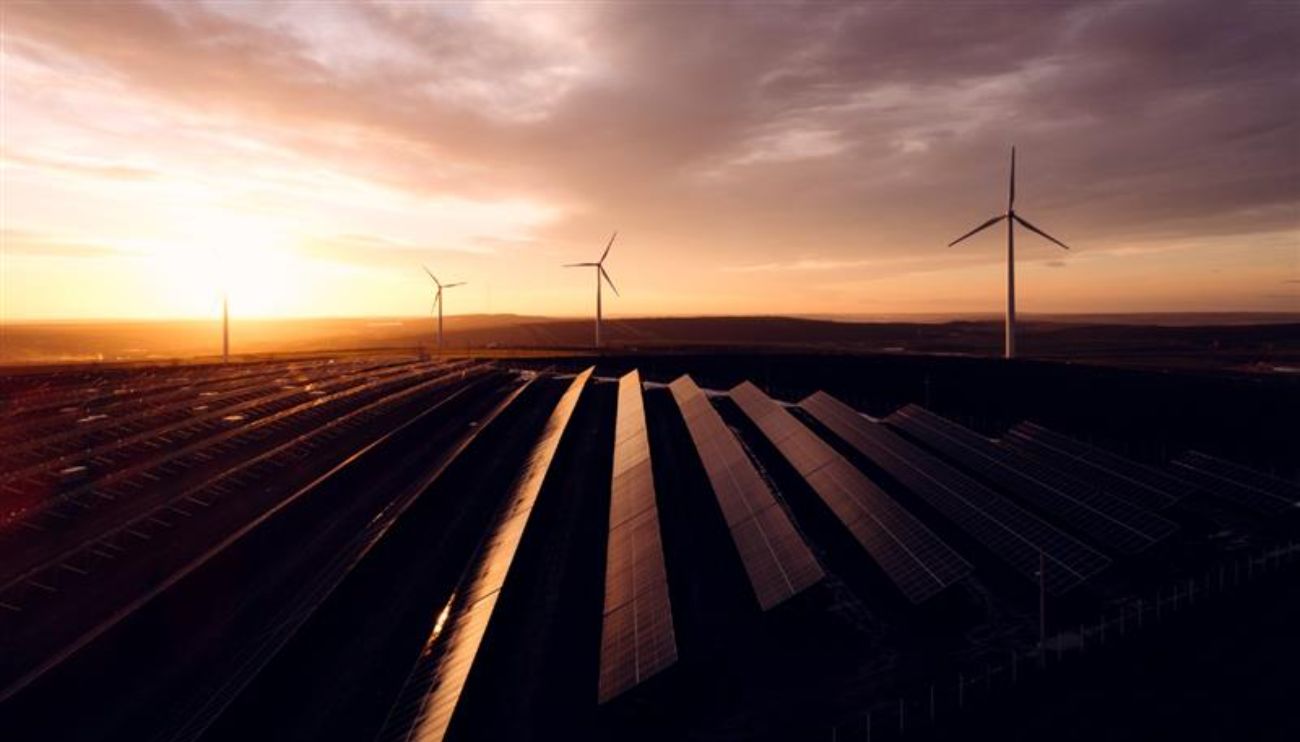At COP29, IRENA Outlook calls for ambitious NDC updates, reflecting the global pledge to triple renewable power capacity and double energy efficiency by 2030.
Abu Dhabi, United Arab Emirates / Baku, Azerbaijan, 11 November 2024 – Even if all COP announcements to date were to be fully implemented, a significant CO2 emission gap would still need to be closed by 2050, according to IRENA’s World Energy Transitions Outlook 2024.
Released at the opening of the UN Climate Conference COP29 in Baku, Azerbaijan, the Agency’s 1.5°C Scenario outlines a net-zero path by midcentury, offering a framework for governments to develop energy transition strategies that better align energy planning with climate policies to channel investment.
The Outlook shows that current country pledges could cut global energy-related CO2 emissions by 3% by 2030 and 51% by 2050. Achieving the global goals of tripling renewable power capacity and doubling energy efficiency by 2030, as agreed at COP28, would keep the energy transition on track for net-zero emissions by 2050. These 2030 targets are crucial to limiting global temperature rise to below 1.5°C, as underscored by the UAE Consensus.
However, a significant gap remains between political announcements and actual county plans and policies. National plans and targets are set to deliver only half of the required growth in renewable power by 2030. Investments in renewable power, grids and flexibility, energy efficiency and conservation must increase dramatically to meet the renewable energy and efficiency goals, totalling USD 31.5 trillion from 2024-2030.
There are also large geographical disparities in terms of renewable additions and investments, causing inequalities in the global energy transition. While renewable investment has generally been on the rise, it remains concentrated in a few countries, leaving much of the Global South behind.
Moreover, with over 70% energy supply, fossil fuels continue to dominate the energy mix in several of the biggest economies, the world’s largest CO2 emitters. To meet the 1.5°C target, the G20 must triple its installed renewable power capacity by 2030, reaching 9,400 gigawatts (GW), and expand it seven-fold by 2050 to 24,900 GW, compared to 2023 levels.
Source link
www.irena.org


